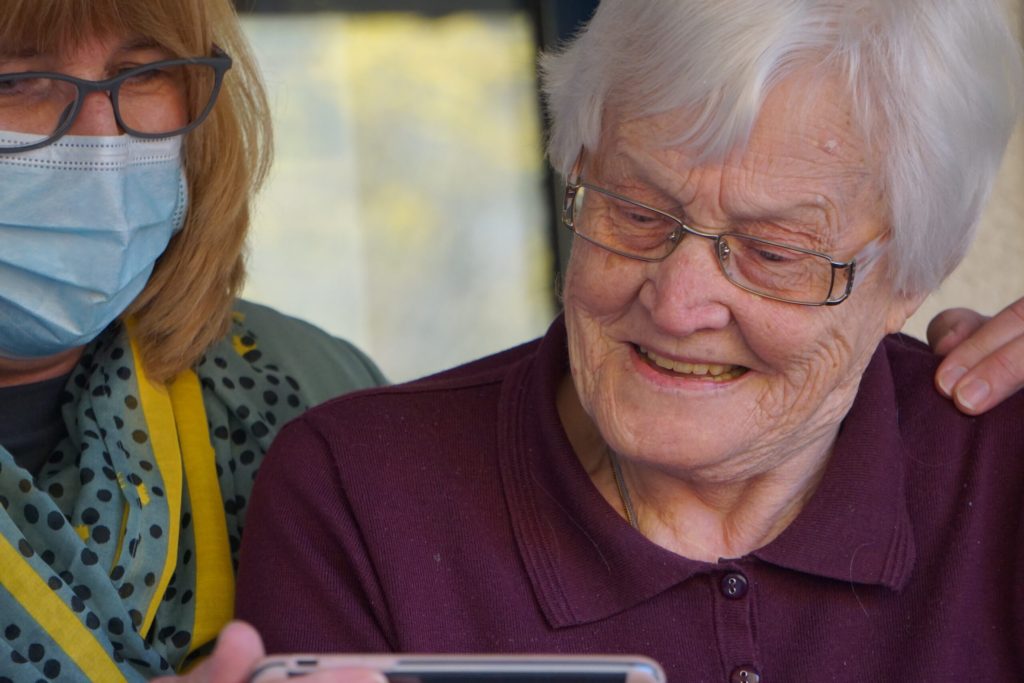
What You Should Know:
- According to reports Global Homecare Self-monitoring Device market is estimated to be valued at US$ 6.06 billion in 2023 and is expected to exhibit a CAGR of 4.9% during the forecast period (2023-2030).
- This is due to the increasing product launch by market players who started conducting research and development activities for the production of homecare self-monitoring devices. For instance, on November 1, 2022, BioIntelliSense, Inc. (a continuous health monitoring and clinical intelligence company) announced the launch of its patented, FDA-cleared, pulse oximeter (SpO2), a sensor chipset and integrated processing technology that accurately measures blood oxygen levels.
Understanding Key Insights into the Global Homecare Self-Monitoring Device Market
The global homecare self-monitoring device market is expected to experience growth in the future due to the CE approval obtained for a new home sleep apnea test device, allowing its entry into the European market. The specific example of Bittium Respiro illustrates this point, as it is an all-in-one solution for home sleep apnea testing and analysis that gained CE approval on December 14, 2022. The device is designed for night-time polygraphy measurements conducted at home and includes various components like a measurement device, analysis software, tailored accessories, and a service platform.
Key insights from the report are as follows:
1. Drivers: Increasing Inorganic Activities
Market players are driving growth through inorganic activities like acquisitions, enabling the development of self-monitoring devices. For example, Bioton, a European medical equipment company, introduced the GENSUCARE-V blood glucose meter, featuring voice instructions and accurate results in 5 seconds, among other functions.
2. Restraints: Decreased Sensitivity of Products
The market growth may be hindered by product sensitivity issues, as real-world data indicates that certain self-monitoring blood glucose systems may provide inaccurate results due to low hematocrit levels. This affects a portion of patients using the devices, necessitating adherence to quality guidelines for improvement.
3. Market Trends: Product Launches and Innovations
Market players are actively engaged in research and development activities, resulting in an increase in product launches. For instance, Lilly, a U.S. pharmaceutical company, launched the Tempo Personalized Diabetes Management Platform, offering advanced features such as medication reminders and personalized learning materials.
4. Recent Developments
Level 42 AI, Inc. and the University of California Davis conducted a safety and scientific study of the ImPulse Tor System, a self-measured, non-invasive blood pressure monitoring solution. The study aimed to provide reliable self-administered BP monitoring in clinics and at home. Additionally, Enrique Reyes-Munoz MD conducted a study on the efficacy of self-monitoring capillary glucose for monitoring glycemic control with GDM.
5. Key Market Takeaways
The global homecare self-monitoring device market is expected to grow at a CAGR of 4.9%.
Inorganic activities, such as partnerships and acquisitions, present attractive growth opportunities for market players.
Innovations, such as Lilly’s compatible app partnership with Welldoc and FDA approvals for SPO2 monitoring kits, are driving market growth.

